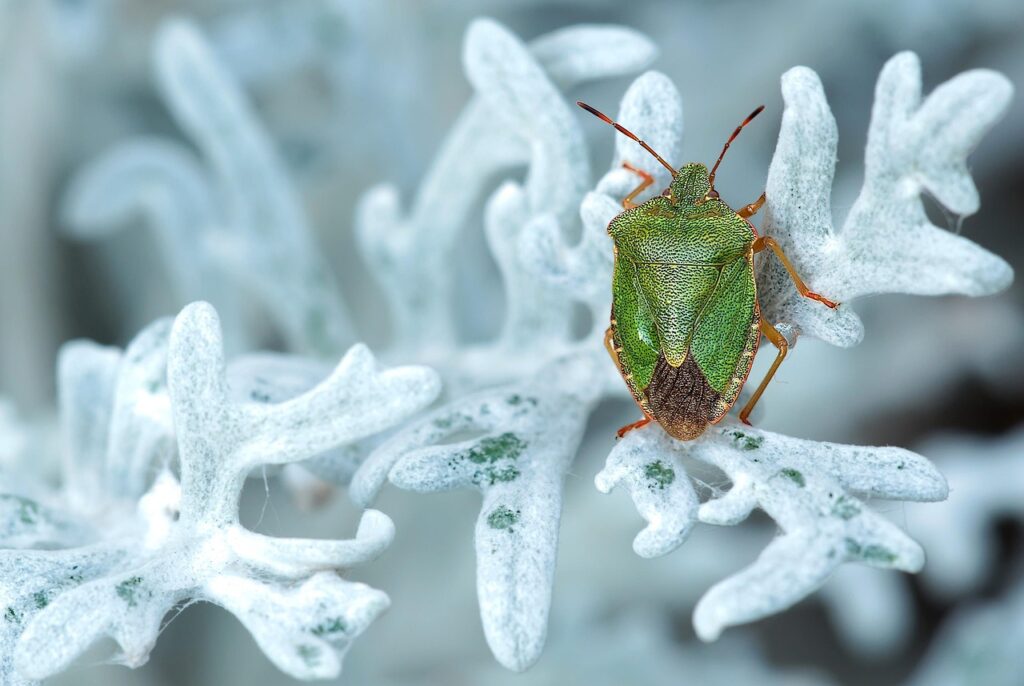Step into your bathroom right now and take a good look around. What appears to be a pristine, sanitized space is actually one of the most biodiverse environments in your entire home. While you’re brushing your teeth or taking a shower, an entire ecosystem of creatures is thriving just inches away from you. From microscopic mites to surprisingly large spiders, your bathroom hosts a secret world that most people never even notice. The warm, humid conditions that make your bathroom comfortable for you also create the perfect paradise for dozens of different species that have quietly moved in and made themselves at home.
The Perfect Storm of Bathroom Conditions
Your bathroom creates what scientists call a “microhabitat” – a small environment with specific conditions that certain creatures absolutely love. The combination of constant moisture, warm temperatures, and organic matter creates an irresistible invitation for bugs and other small creatures.
Think about it: every time you shower, you’re essentially creating a tropical rainforest atmosphere. The humidity levels spike to 60-90%, temperatures rise, and microscopic skin cells and soap residue provide an abundant food source. This perfect storm of conditions doesn’t just happen occasionally – it occurs multiple times every single day.
Unlike other rooms in your house that experience dramatic temperature and humidity fluctuations, bathrooms maintain relatively stable conditions. This consistency allows creatures to establish permanent colonies rather than just passing through.
Meet the Silverfish: Your Bathroom’s Most Common Resident
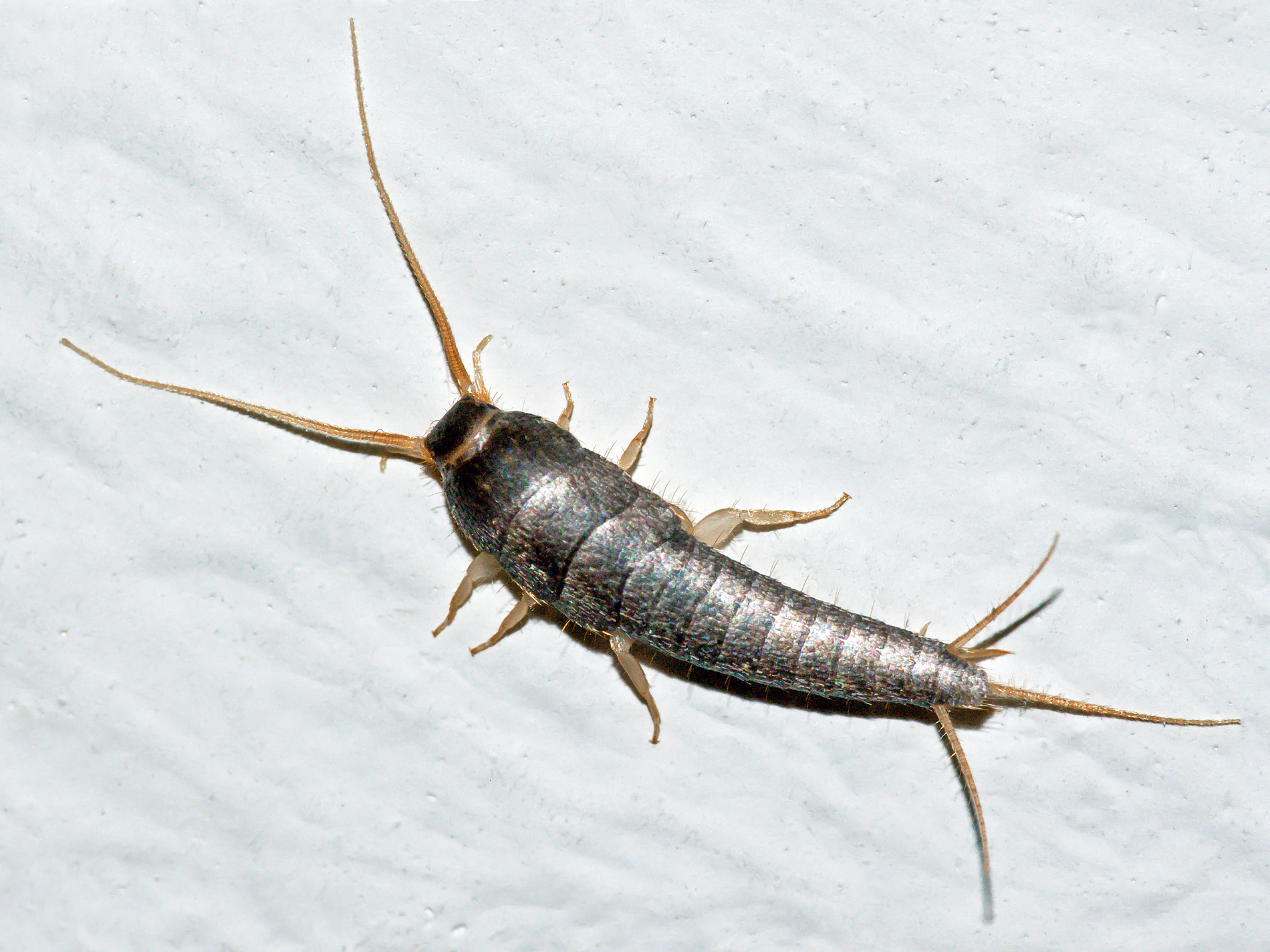
If you’ve ever turned on the bathroom light at night and seen a silvery, fish-like creature dart across the floor, you’ve met one of your bathroom’s most dedicated inhabitants. Silverfish are primitive insects that have been around for over 400 million years, and they’ve perfected the art of bathroom living.
These wingless insects feed on the starch in paper products, dead skin cells, and even the glue in wallpaper. Your bathroom provides them with their favorite buffet: toilet paper, magazines, and the constant supply of shed skin cells that accumulate in corners and behind fixtures.
What makes silverfish particularly well-suited for bathroom life is their ability to survive in high humidity environments where other insects would struggle. They can live for up to a year without food, making them incredibly resilient bathroom squatters.
The Drain Fly Dynasty Living in Your Pipes
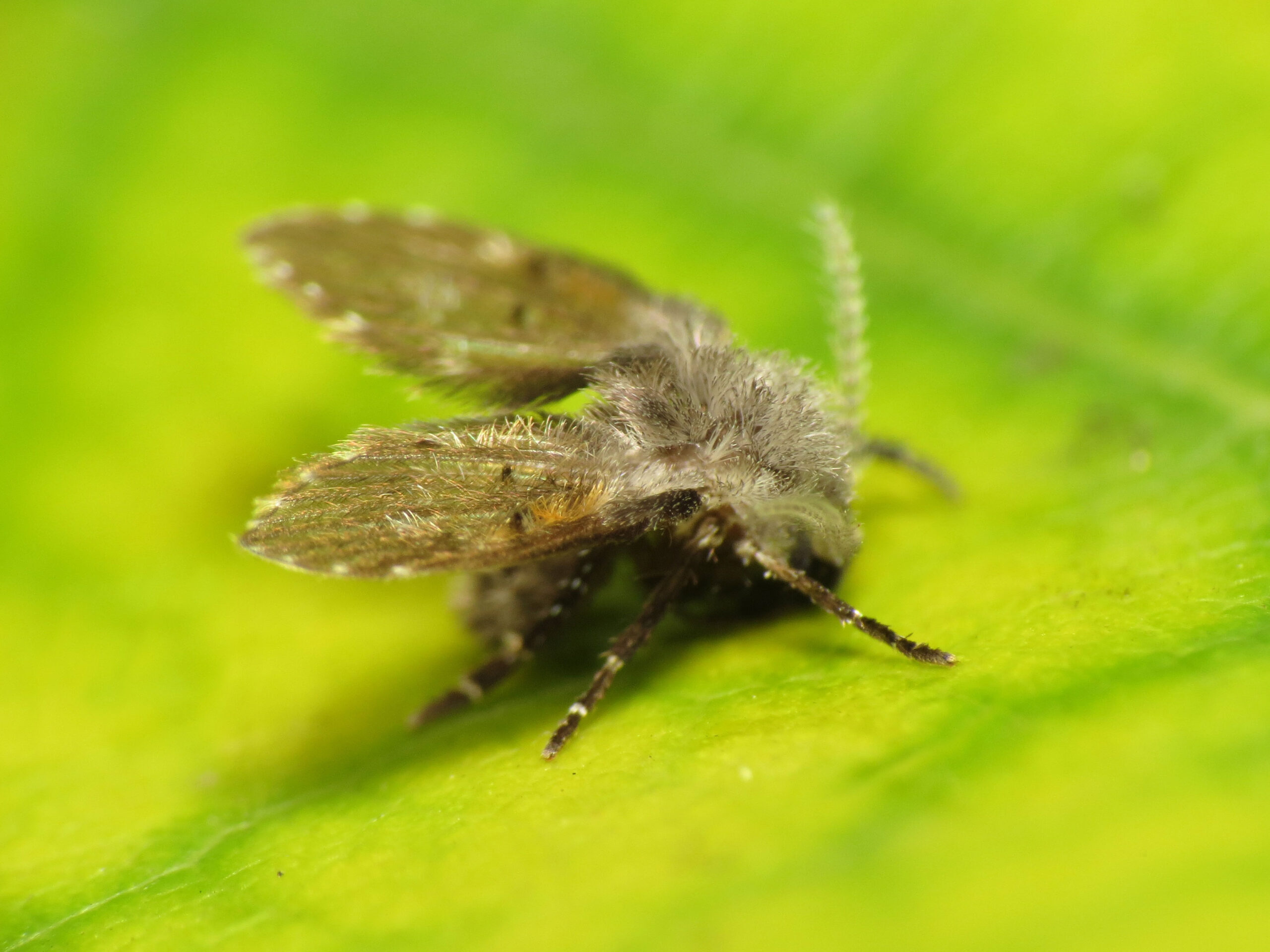
Those tiny, fuzzy flies that seem to appear out of nowhere around your sink and shower drains aren’t just random visitors – they’re actually born and raised in your plumbing system. Drain flies, also known as moth flies, complete their entire life cycle in the organic slime that builds up inside your pipes.
The larvae feed on the biofilm – a mixture of bacteria, soap scum, hair, and other organic matter that coats the inside of your drains. This nutrient-rich environment allows them to develop from egg to adult in just 7-21 days, creating multiple generations throughout the year.
Adult drain flies are weak fliers and tend to stay close to their breeding sites, which is why you’ll often see them resting on bathroom walls or mirrors. Despite their moth-like appearance, they’re actually more closely related to mosquitoes than to true moths.
House Centipedes: The Bathroom’s Unexpected Predator

Nothing quite startles bathroom visitors like the sudden appearance of a house centipede scurrying across the floor with its dozens of legs moving in perfect coordination. These arthropods aren’t actually insects – they’re more closely related to lobsters and crabs – but they’ve found your bathroom to be prime hunting territory.
House centipedes are actually beneficial residents because they feed on many of the other bathroom pests, including silverfish, drain flies, and even small cockroaches. They’re like having a natural pest control service operating in your bathroom 24/7.
These creatures can live for several years and are capable of regenerating lost legs, making them incredibly hardy bathroom inhabitants. Their presence often indicates that your bathroom has enough other insects to support a predator population.
The Microscopic World of Bathroom Mites
While you can’t see them with the naked eye, your bathroom is home to countless microscopic mites that feed on dead skin cells, fungi, and bacteria. These tiny arachnids are so small that hundreds could fit on the head of a pin, yet they play a crucial role in your bathroom’s ecosystem.
Dust mites, in particular, thrive in the warm, humid conditions of bathrooms where they can feed on the constant supply of shed human skin cells. A single gram of bathroom dust can contain anywhere from 100 to 500 dust mites, along with their eggs and waste products.
Other mites specialize in feeding on the various fungi and bacteria that grow in bathroom environments. These microscopic janitors are actually helping to break down organic matter and keep your bathroom’s ecosystem in balance.
Why Spiders Set Up Shop in Your Shower
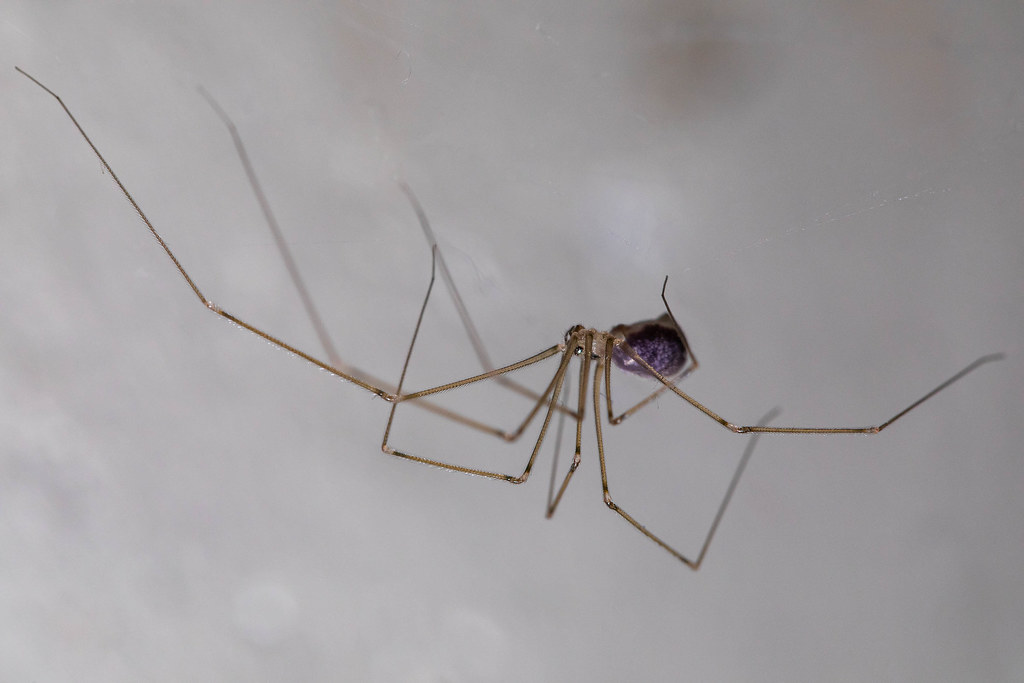
That spider web in the corner of your shower isn’t there by accident – it’s prime real estate in the spider world. Bathrooms provide spiders with everything they need: moisture to prevent dehydration, a steady supply of flying insects to catch, and quiet corners to build their webs undisturbed.
Common house spiders and cobweb spiders are particularly well-adapted to bathroom life because they can survive in high humidity environments that would be problematic for many other spider species. They position their webs strategically to catch drain flies, gnats, and other small insects that are attracted to bathroom lights.
Interestingly, bathroom spiders often develop larger body sizes than their counterparts in other parts of the house, likely due to the abundant food supply and optimal living conditions. They’re essentially living in spider paradise.
The Fungus Among Us: Bathroom Mold as a Food Source
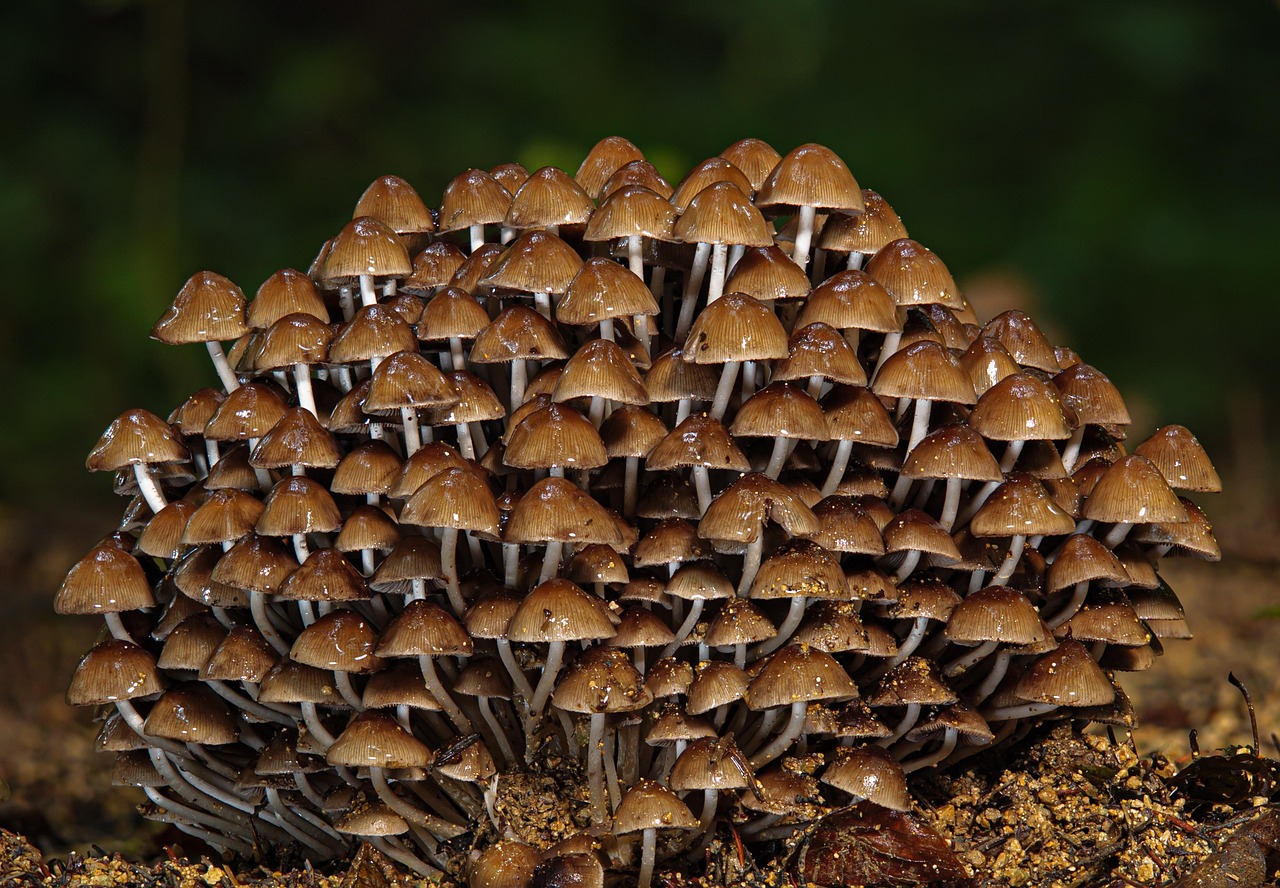
While not technically bugs, the various molds and fungi that grow in bathroom environments serve as crucial food sources for many of the insects and mites that call your bathroom home. These organisms create complex food webs that support entire communities of microscopic life.
Black mold, mildew, and other fungal growths don’t just appear in visible areas – they also colonize the spaces behind tiles, under fixtures, and in other hidden locations. These hidden fungal gardens provide sustenance for countless creatures that most homeowners never even know exist.
Some insects, like certain types of flies and beetles, are specifically adapted to feed on fungal spores and mycelia. They’ve evolved specialized mouthparts and digestive systems to process these unique food sources that are abundant in bathroom environments.
Cockroaches: The Ultimate Bathroom Survivors
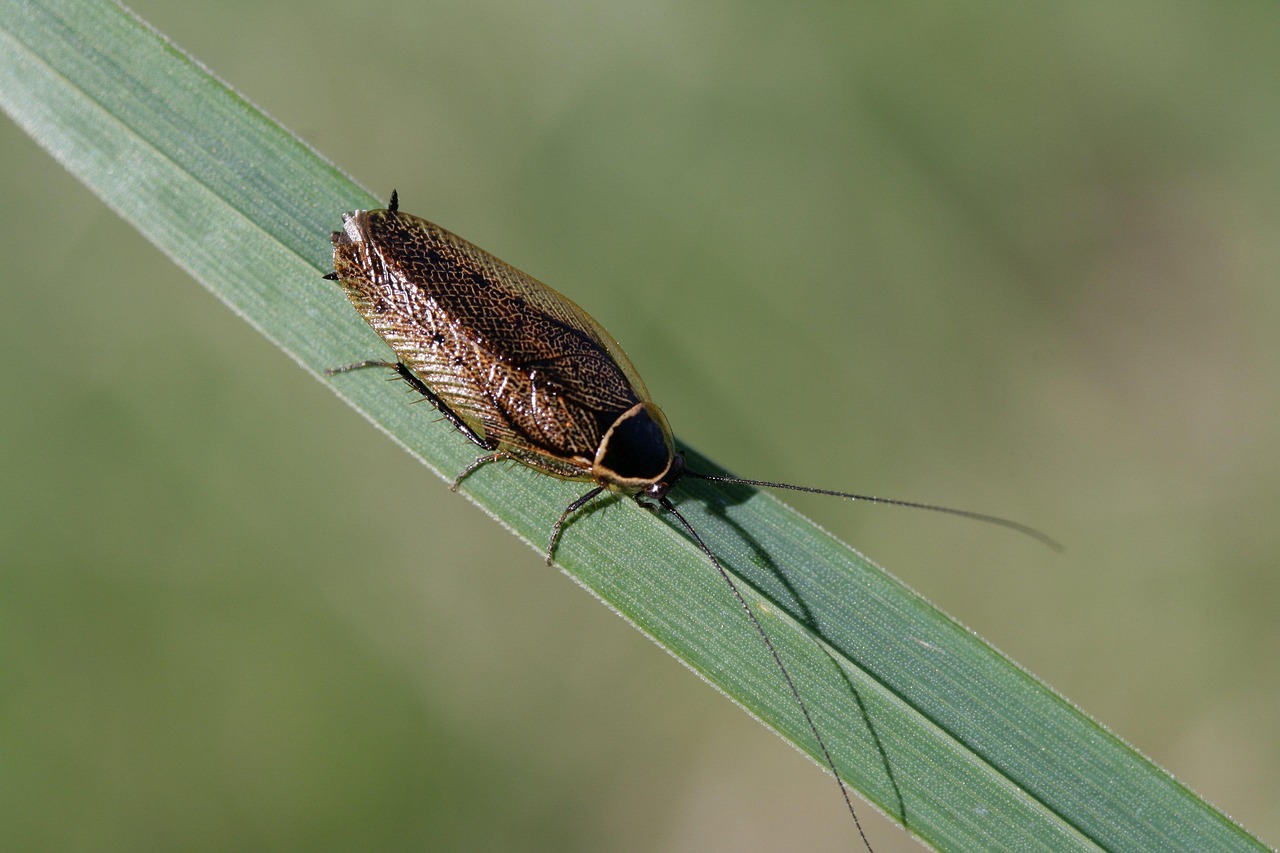
Perhaps no other creature is as synonymous with bathroom infestations as the cockroach, and for good reason. These ancient insects have perfected the art of bathroom survival over millions of years of evolution.
Cockroaches are attracted to bathrooms because of the combination of water, warmth, and food sources. They can survive for a month without food but only a week without water, making your bathroom’s constant moisture supply absolutely essential to their survival.
What makes cockroaches particularly problematic bathroom residents is their ability to squeeze into incredibly small spaces – some species can fit through cracks as thin as a quarter. They can hide behind pipes, under fixtures, and in wall voids during the day, emerging at night to feed and explore.
The Hidden World Behind Your Bathroom Tiles
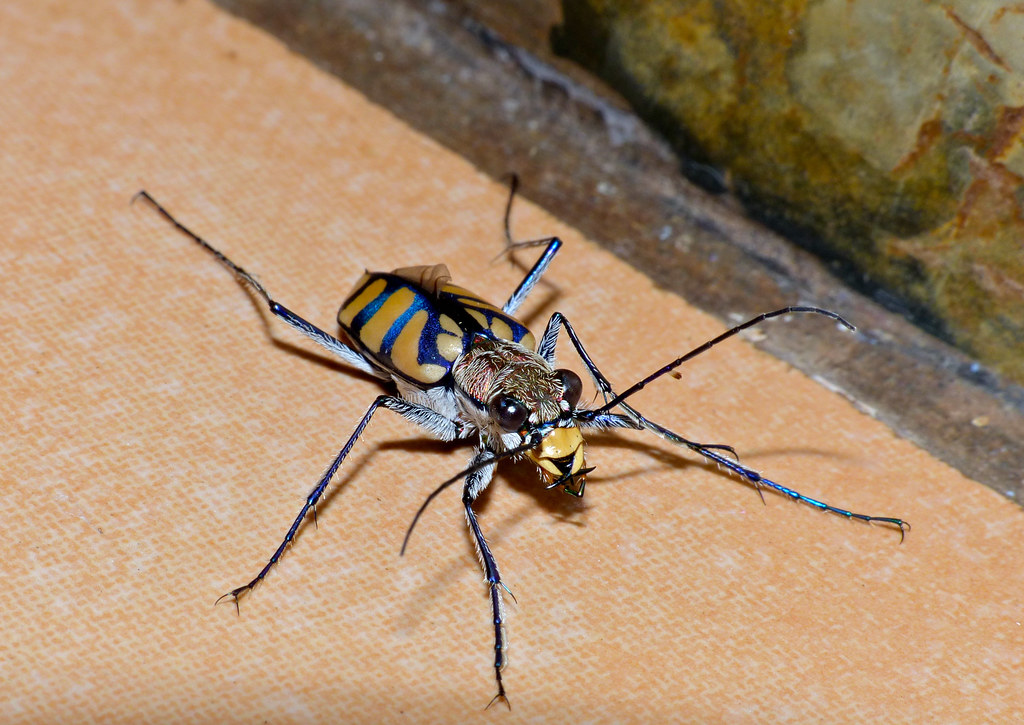
The space behind bathroom tiles and fixtures represents one of the most diverse microhabitats in your home. This hidden world provides shelter, moisture, and food sources for countless creatures that most people never even suspect are there.
Small beetles, springtails, and various larvae often establish colonies in these dark, humid spaces where they can feed on organic matter that accumulates over time. The constant moisture from showers and sinks creates ideal conditions for these hidden communities to thrive.
Professional pest control experts often discover thriving ecosystems behind bathroom walls during renovations, complete with multiple species living in complex relationships with each other. It’s like finding a miniature rainforest behind your shower.
Bathroom Beetles: The Cleanup Crew
Several species of small beetles have specialized in bathroom living, serving as nature’s cleanup crew by feeding on organic debris, dead insects, and various forms of decay. These tiny janitors are actually performing an important service by breaking down waste materials.
Carpet beetles, despite their name, are commonly found in bathrooms where they feed on hair, skin cells, and other organic matter that accumulates in corners and crevices. Their larvae are particularly efficient at consuming these materials, helping to prevent the buildup of organic waste.
Other beetle species, such as small ground beetles and rove beetles, hunt for other insects and their larvae, helping to keep populations of various bathroom pests in check. They’re like having a natural pest control service operating in your bathroom.
The Seasonal Migrations Into Your Bathroom
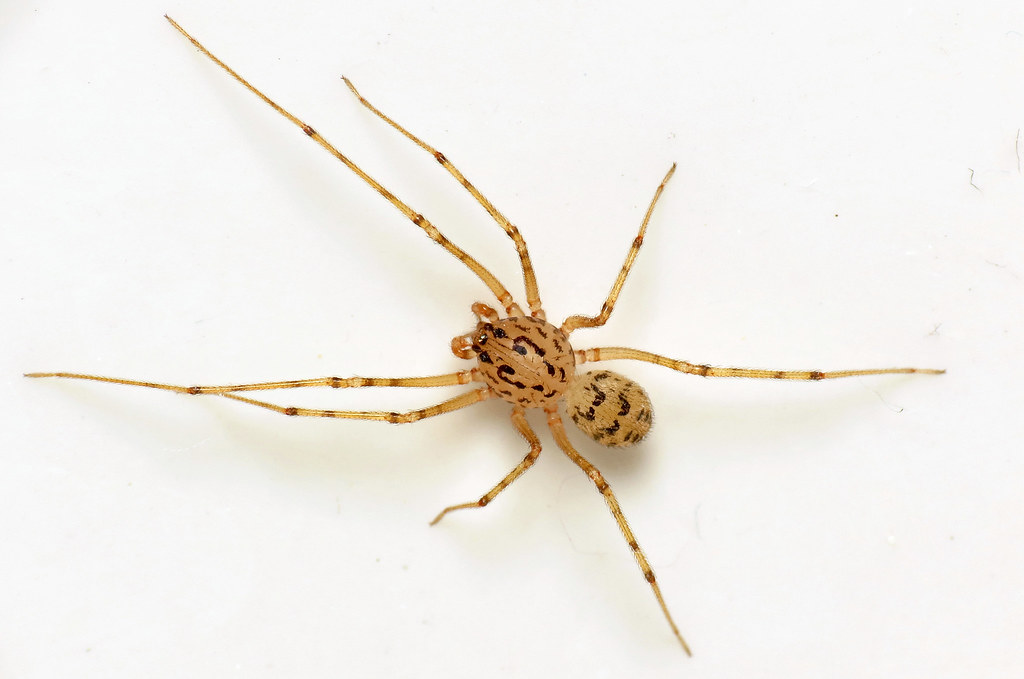
Your bathroom’s population isn’t static – it changes dramatically with the seasons as different creatures migrate in and out seeking optimal conditions. During dry summer months, more insects seek refuge in your bathroom’s humid environment, while winter brings different species looking for warmth.
Cluster flies, for example, often invade bathrooms during fall months as they search for warm places to overwinter. These flies can squeeze through incredibly small gaps around windows and fixtures, suddenly appearing in large numbers seemingly out of nowhere.
Spring brings its own waves of bathroom invaders as insects emerge from their winter hiding places and begin seeking mates and new territories. Understanding these seasonal patterns can help explain why your bathroom’s bug population seems to fluctuate throughout the year.
The Ecosystem Services Your Bathroom Bugs Provide
While most people view bathroom bugs as unwanted pests, many of these creatures actually provide valuable ecosystem services that benefit your home’s overall health. They break down organic waste, control populations of other insects, and help maintain the delicate balance of your bathroom’s microenvironment.
Predatory insects like house centipedes and certain spiders help control populations of potentially harmful pests like cockroaches and flies. Without these natural predators, your bathroom could become overrun with much more problematic species.
Even the creatures that might seem purely parasitic, like mites and silverfish, play important roles in breaking down organic matter and preventing the accumulation of waste materials that could create more serious problems if left unchecked.
Prevention Strategies That Actually Work
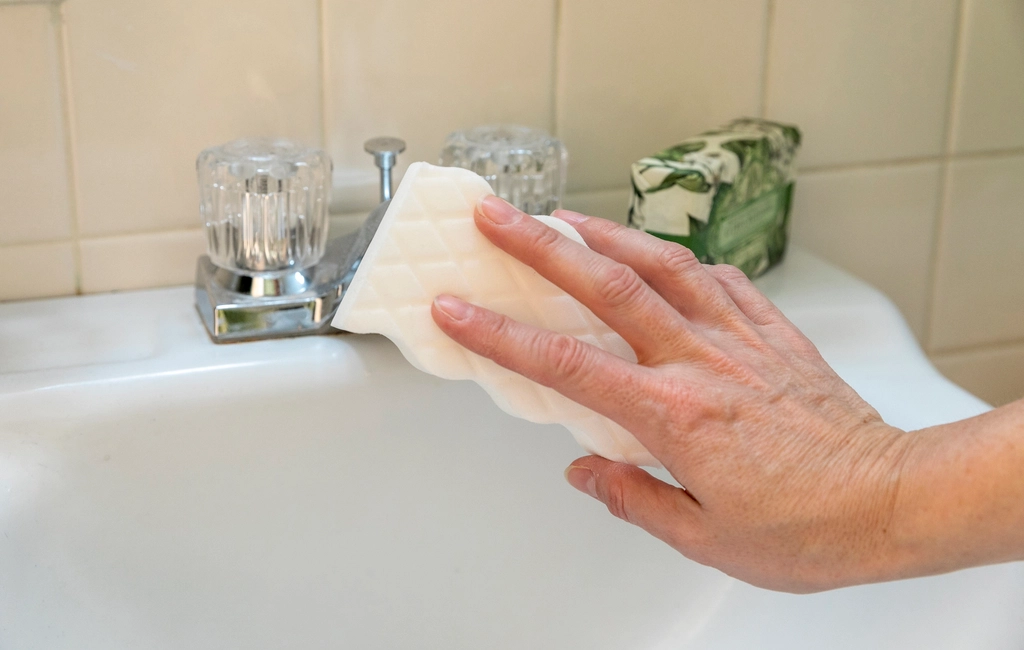
Understanding what attracts bugs to your bathroom is the first step in developing effective prevention strategies. The key is to disrupt the perfect storm of conditions that make your bathroom so appealing to these unwanted residents.
Proper ventilation is absolutely critical – using exhaust fans during and after showers, opening windows when possible, and ensuring adequate air circulation can significantly reduce the humidity levels that many bathroom bugs require to survive. Installing a timer on your bathroom fan ensures it runs long enough to effectively remove moisture.
Regular cleaning with a focus on removing organic matter, keeping drains clear of hair and soap buildup, and sealing cracks and crevices around fixtures can eliminate many of the food sources and hiding places that bathroom bugs depend on. The goal isn’t to create a sterile environment, but rather to make your bathroom less hospitable to unwanted guests.
When to Call in Professional Help
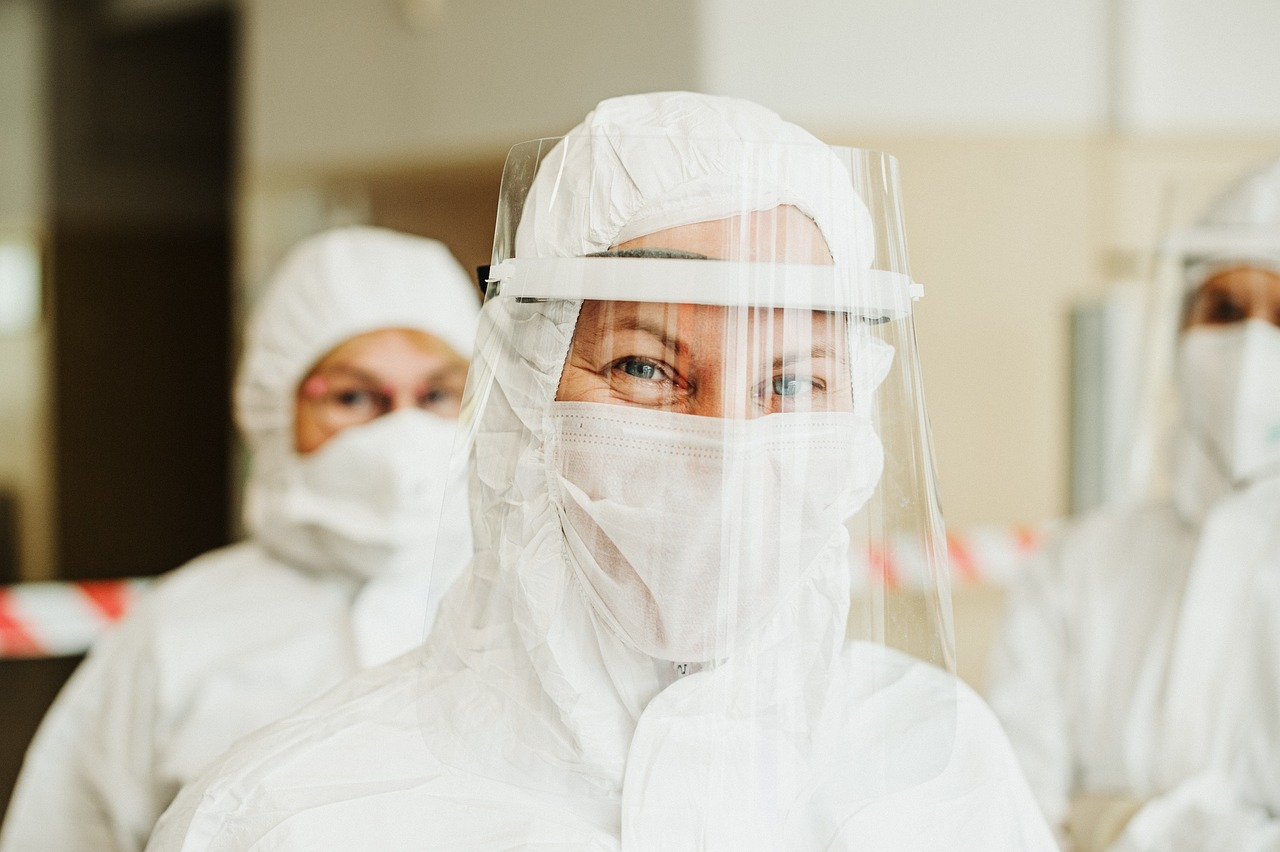
While many bathroom bugs are relatively harmless and can be managed with proper cleaning and maintenance, certain situations require professional intervention. Large populations of cockroaches, recurring infestations of drain flies, or the presence of potentially dangerous species like certain spiders warrant expert attention.
Professional pest control specialists have access to specialized tools and treatments that can address infestations that have become established behind walls, in plumbing systems, or in other hard-to-reach areas. They can also identify the specific species you’re dealing with and recommend targeted solutions.
Signs that you might need professional help include seeing bugs during daylight hours, finding large numbers of dead insects, noticing unusual odors, or discovering evidence of structural damage caused by insects. Don’t wait until a small problem becomes a major infestation.
Your bathroom’s status as a bug magnet isn’t a reflection of poor housekeeping – it’s simply the result of environmental conditions that naturally attract a diverse array of creatures. From the microscopic mites invisible to the naked eye to the surprisingly large house centipedes that occasionally dash across your floor, your bathroom hosts a complex ecosystem that most people never fully appreciate. Understanding what lives there and why can help you make informed decisions about which creatures to tolerate, which to eliminate, and when to seek professional help. The next time you flip on that bathroom light and catch a glimpse of something scurrying away, remember that you’re witnessing just a small part of the fascinating world that exists right under your nose. What other secrets might your bathroom be hiding?

